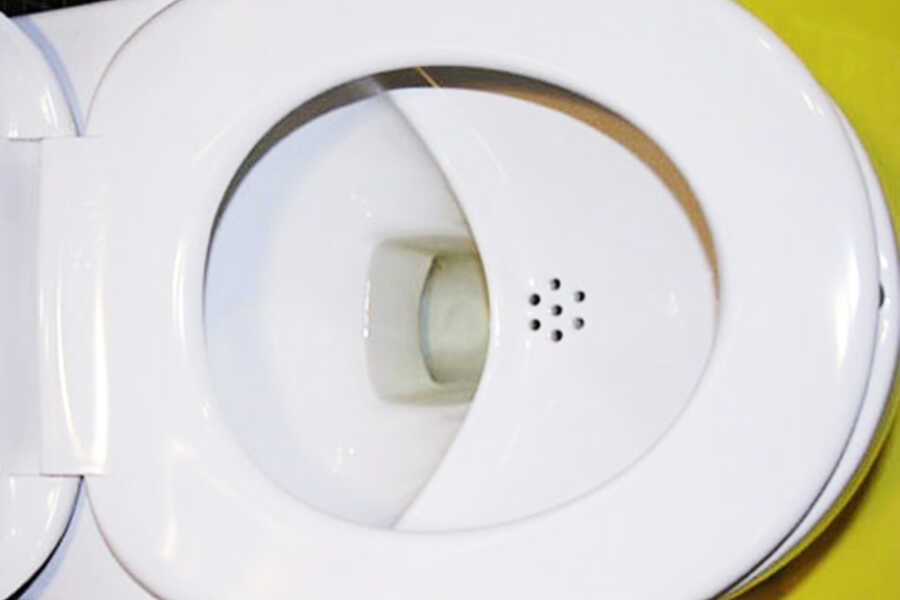In the midterm presentation for our sub-systems, some weeks ago, it was clear that the Texel way of dealing with water can actually be improved. What emerged is that a good way is to shift the trend from “using clean water coming from the mainland and wasting the output grey water” to “using the clean water and reusing most of the output water”. As a matter of fact, this is a problem that is facing every country in the world concerned with of sustainability related to wastewater. A huge amount of wastewater comes every year from buildings, but since the different waste streams are mixed, it is hard to reuse it.
A sustainable idea is the NoMix toilets; it happened to me to read about it some time ago. This is no new concept, since it has been around since 10 years. However it is not very known still. I think that the move towards sustainability on the island of Texel should also take into consideration such a green idea. The NoMix toilet is a special toilet, in which the built-in urinal is located on a raised area in the front of the bowl, while the feces are collected in the back half of the bowl, to be flushed as normal.
The reason to separate the different human waste types is because urine is rich in nitrogen while feces are carbonaceous. When separated, these can be resources, but combined they become sludge that needs processing.
In Sweden, there are already communities that use this technology and the result is that splitting urine and feces offers advantages: the urine can be either reused as fertilizer or disposed in a safe way; both the solutions are way more sustainable than the current way of dealing with waste toilet water. If we consider the amount of water that can be saved by not flushing urine away, it is already a great achievement.
As the inventors stated, the main problem in expanding the market for this new product, is the psychological aspect, because, for example, men should change the way they use it for peeing.
This solution becomes more valuable especially on an island like Texel, where its strong agriculture sector would benefit from this free-fertilizer.
NoMix toilet gives a chance to human waste


